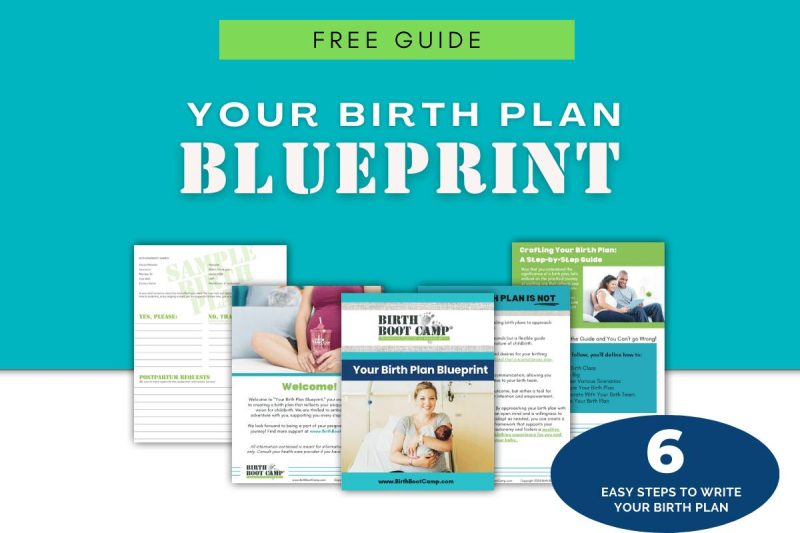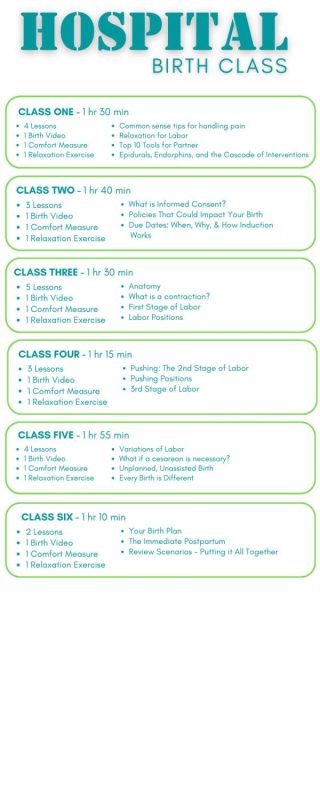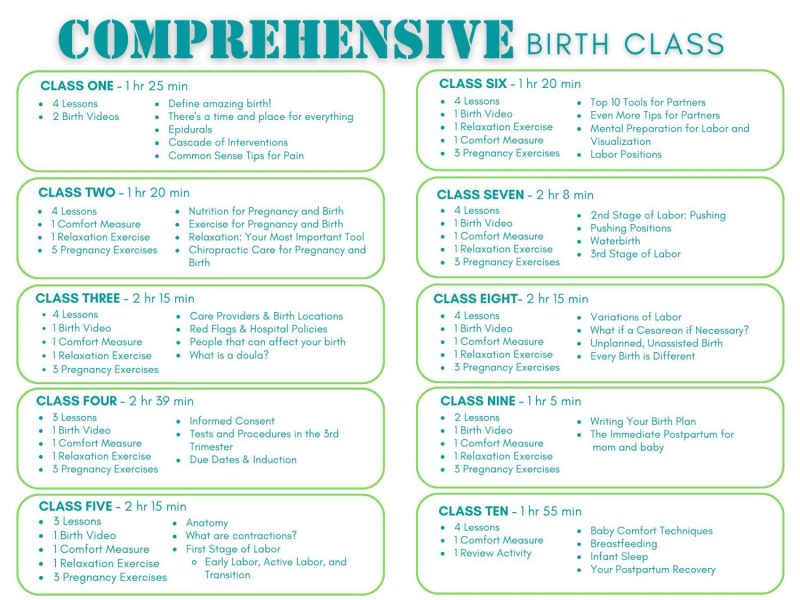9 Tips to Avoid Your First Cesarean Delivery
As we celebrate Cesarean Awareness Month this April, it’s essential to recognize the significance of preventing the first cesarean delivery for first-time mothers. The impact of a cesarean birth extends far beyond the delivery room, influencing subsequent births and maternal health for a lifetime. In the United States, where the cesarean rate hovers around 33%, it’s crucial to address the overuse of this procedure and equip parents-to-be with knowledge and resources to strive for optimal birth experiences.
Why Preventing a Cesarean Delivery is Important:
While cesarean deliveries can save lives when needed, using them too often poses risks for both moms and babies. Research shows that cesarean deliveries come with higher chances of complications, longer recovery times, and more risks in future pregnancies. Plus, they can affect a mom’s mental health and success with breastfeeding. This highlights why it’s crucial to aim for vaginal births whenever possible.
”“Physicians do need to balance risks and benefits, and for some clinical conditions, cesarean is definitely the best mode of delivery, but for most pregnancies that are low-risk, cesarean delivery may pose greater risk than vaginal delivery, especially risks related to future pregnancies.”
Vincenzo Berghella, MD, SMFM President

5 Strategies to Promote Vaginal Births:
(ACOG has shared some fantastic strategies to help us keep cesarean deliveries low)
Give Labor the Time it Needs:
Sometimes, labor needs a little extra time to get going. Let’s be patient and allow it to unfold naturally, increasing our chances of a successful vaginal birth.
Embrace Active Labor:
When active labor kicks in, let’s embrace the process and give our bodies the time they need to progress. Rushing can sometimes lead to unnecessary interventions, so let’s take it slow and steady.
Power Through Pushing:
Pushing might be hard work, but it’s worth it! Let’s give it our all and aim for a strong finish to welcome our little ones into the world naturally. ACOG recommends “allowing women to push for at least two hours if they have delivered before, three hours if it’s their first delivery, and even longer in some situations, for example, with an epidural.”
Explore Vaginal Delivery Options:
There are various techniques available to assist with vaginal delivery, such as forceps. Let’s discuss these options with our healthcare providers and explore what works best for us.
Maintain a Healthy Lifestyle:
Keeping up with a healthy lifestyle during pregnancy can set the stage for a smoother labor and delivery experience. Let’s focus on nutritious eating, staying active, and attending regular prenatal check-ups.
For first-time mothers, avoiding a cesarean delivery is particularly crucial, as it sets the tone for future births. A cesarean delivery with the first child can increase the likelihood of subsequent cesareans, leading to a cascade of interventions and potential complications in future pregnancies. By prioritizing vaginal birth for first-time mothers, we can help lay the foundation for positive birth experiences and optimal maternal health throughout their reproductive journey.
4 Tips First-Time Parents Can Do to Prevent a Cesarean Delivery:
Educate Yourself:
Knowledge is power when it comes to childbirth. Attend childbirth education classes, read reputable books and articles, and familiarize yourself with the birthing process. Understanding the stages of labor, common interventions, and your rights as a birthing person enables you to make informed decisions about your birth experience.
Choose a Supportive Birth Team:
Surround yourself with a birth team that respects your birth preferences and supports your desire for a vaginal birth. This may include a supportive obstetrician or midwife, a doula, and other healthcare providers who prioritize evidence-based care and shared decision-making.
RELATED: Building Your Birth Team
RELATED: Birth Boot Camp Directory
Prepare for Labor:
Explore natural pain management techniques such as breathing exercises, relaxation techniques, and hydrotherapy. Consider creating a birth plan that outlines your preferences for labor and delivery, including your desire to avoid unnecessary interventions unless medically indicated.
Stay Flexible:
While it’s essential to advocate for your birth preferences, it’s also crucial to remain flexible and open-minded during labor. Labor can be unpredictable, and unexpected circumstances may arise. Trust in your body’s ability to birth your baby, and work collaboratively with your birth team to navigate any challenges that may arise.
As we raise awareness about cesarean birth this April, let’s prioritize promoting vaginal births whenever safe and possible. By providing parents-to-be with education, support, and resources, we can work towards reducing the cesarean rate and ensuring that every birthing person has the opportunity to experience a positive birth experience. Together, let’s strive for healthier outcomes for mothers and babies across the nation, allowing individuals to make informed decisions about their births and fostering a supportive birthing environment for families nationwide.
Take control of your birth experience with our Birth Plan Blueprint. Your essential guide to creating a birth plan that reflects your unique journey and vision for childbirth.









